Market Trends
Key Emerging Trends in the Construction Wearables Market
The integration of wearable technology into the construction industry is driving a major change in the market for Construction Wearables. These wearables are designed to improve worker safety, productivity, and efficiency on construction sites. A notable trend is the increasing use of smart helmets with advanced features like augmented reality (AR) displays, communication systems, sensors among others. With access to real-time data, which allows users to access information hands-free thereby leading improved decision-making ability and task execution.
Another significant trend shaping the market of construction wearables includes exoskeletons. Exoskeletons are robotic wearable devices that amplify or support human physical abilities thus reducing fatigue and cutting down risks of injuries for construction workers. Furthermore, they prove helpful for tasks that involve massive lifting or repetitive movements since they improve overall employee health and productivity levels. Although already gaining popularity amongst other industries as well including healthcare etc., construction companies’ rising awareness about employee wellbeing will further increase demand.
Moreover, Internet of Things (IoT) based wearables are becoming popular trends in today’s market for Construction Wearables. For instance, IoT-enabled smart vests as well as boots include sensors capable of measuring temperature, heart rate and posture among others aspects related to human body function maintenance.Such real-time data assists in detecting possible dangers that may be lurking around; hence guaranteeing safety among workers. The capability to obtain information from various wearables enhances proactive risk management systems which lead into early detection before any danger occurs thus ensuring compliance with all safety regulations.
On the other hand, construction companies are currently embracing the use of GPS-enabled wearables to keep tabs on their workers in construction sites. This not only enhances workforce management but also improves overall project logistics. It is a known fact that tracking through GPS offers real-time information on task progression facilitating team coordination and resource allocation efficiency. Moreover, it helps monitor equipment utilization leading to timely project completion.
There has been an increase in wearable tools for specialized tasks developed within the Construction Wearables Market. For example, sensors that measure concrete slump and temperature may be part of wearable devices intended for concrete workers. On the other hand, plumbers and electricians can benefit from wearables integrated with diagnostic tools which enable them to quickly identify problems accurately whenever such issues arise. Tailoring wearables to suit different construction trades is becoming more common thus proving that their usefulness while at work is being maximized.

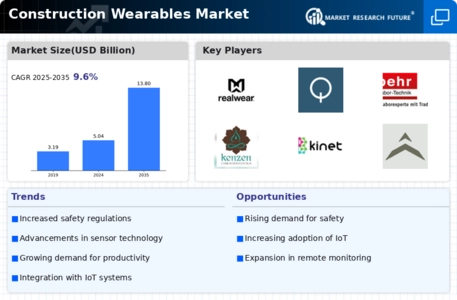

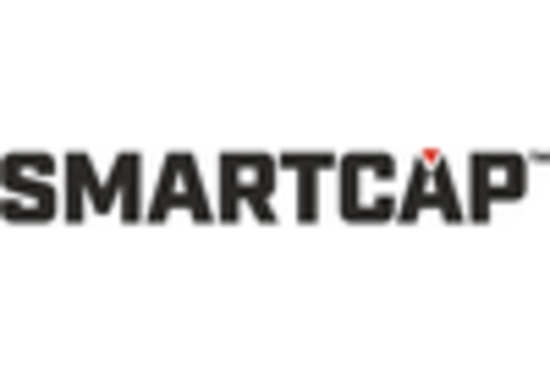

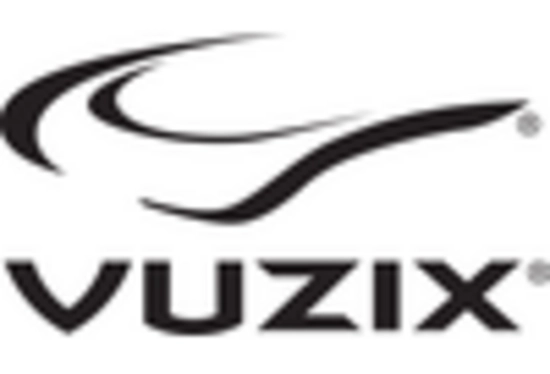
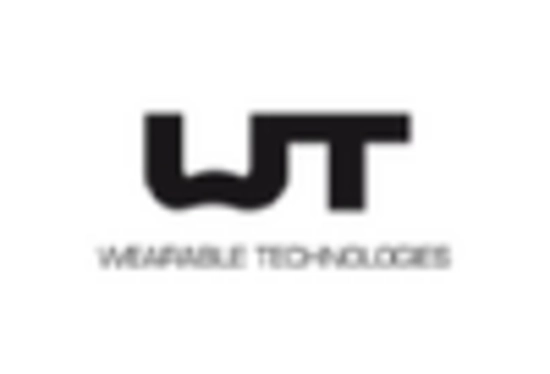
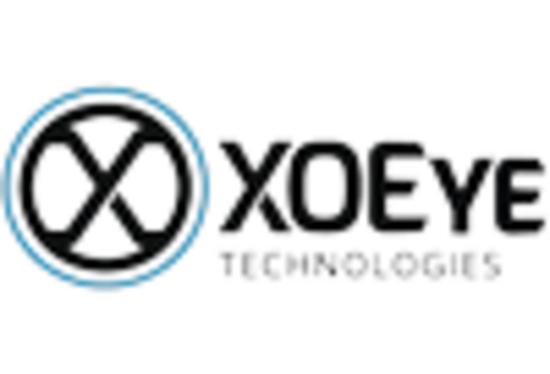

Leave a Comment